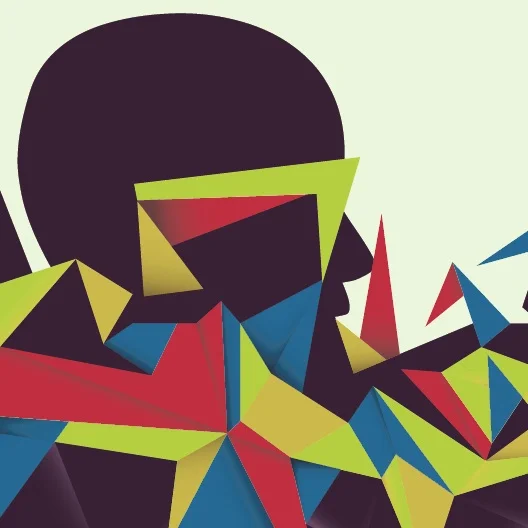In this course, students develop independent projects in immersive media as it relates to architectural design and spatial storytelling. We examine technologies of immersion including VR/AR, web-based experiences, sound installations, and virtual production workflows. We explore the field of immersive media through readings, precedent artwork, and hands-on experience with production tools. We specifically focus on the production pipelines that use real-time simulations and game engines. Students were encouraged to work on the aspects of their studio projects and thesis. The workshop provides a studio environment for the students to collaborate and provide feedback to each other.
All in Design
A Hand-Motion Based Tool for Conceptual Model Making in Architecture
SM Thesis. Istanbul Technical University. 2011
Three-dimensional perception facilitated by physical model making supports the creative process and enhances the designer’s ability to evaluate the formal qualities of their design. In our this thesis, we aim to sustain this support in different design environments and study the transfer of the hand motions used in the physical model making processes and use in the digital design environments. We show the results from the observations taken from the conceptual model making processes and analyze the actions involved in these processes as the first step of the research. Depending on this observations we classify the actions according to the main characteristics of the hand motions and propose a recognition schema to be processed in the digital platform. Following the analysis and the classification of the hand motions used in the model making process we aim on translating these hand motions into the digital platform. We discuss the technologies and methods used for hand motion capturing and recognition, and develop a design environment utilizing the hand motions used in the model making processes. We finalize our approach by presenting a set of algorithms for the object deformations conducted with the hand motions. Finally, we test the design environment and discuss the results.
Design Tools of The Future Hackathon
Hackathon Organization as part of ACADIA 2017. MIT Media Lab.
How does a VR tool work in the future to help an architect presenting a design of a new public school to the local community? What is an AR tool that real estate brokers can use to help promote their properties to home hunters? What is a future MR tool on the construction site that helps building faster, safer and more economically?
Focusing on challenges such as these in the real design world context, including but not limited to architectural, landscape and product design as well as urbanism, real estate and construction, this hackathon fostered an interdisciplinary environment for proposing strong innovative solutions to the future
Temporality in [Computational] Making
MIT Department of Architecture, Fall 2017
This seminar/project subject explores the topic of Temporality, within the context of the cross-disciplinary research area of Computational Making. In this subject, we focus in particular on relationships between computation and the temporality of things, spaces, and their making. Temporality here is understood as change, transience, and transformation over time. Computation is commonly viewed as a process over time, and thus is naturally allied to temporality. How can digital, mechanical, or manual computation promote new ways of understanding and supporting the temporality of things, spaces, and their making?



![Temporality in [Computational] Making](https://images.squarespace-cdn.com/content/v1/5c17f4e64cde7a6fd5e411b5/1545796425387-TE4VCVSSRWL2C79SJ0MC/CMTEMP2.jpg)